Do you have a question about this product?
Ask us your question
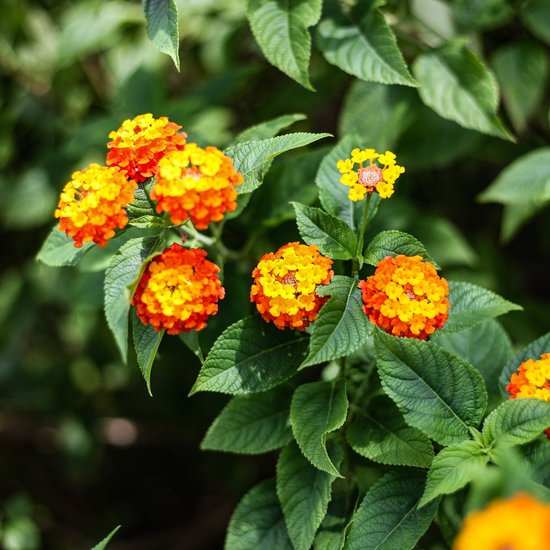
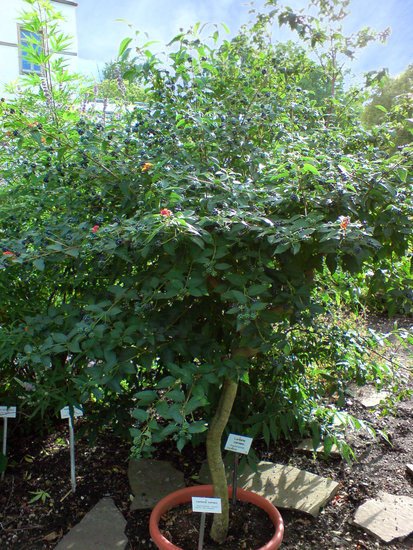
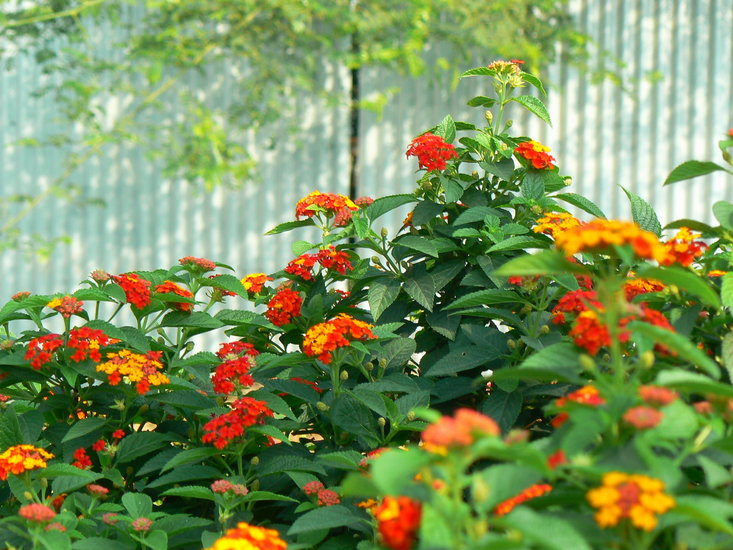
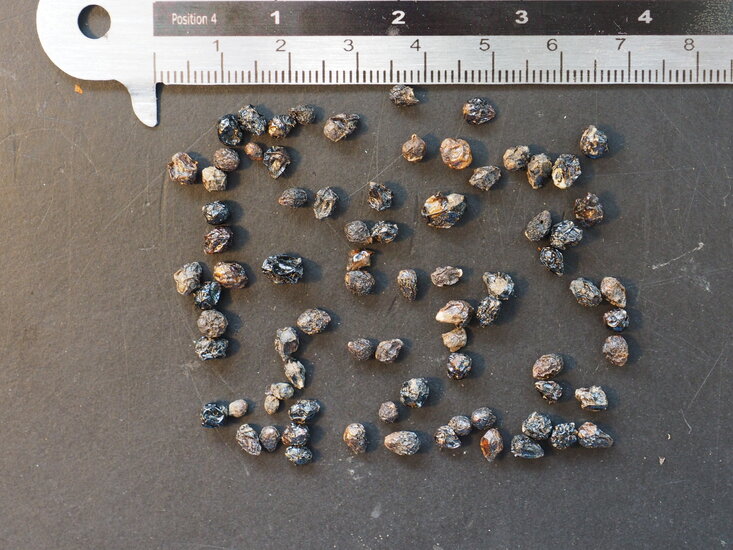
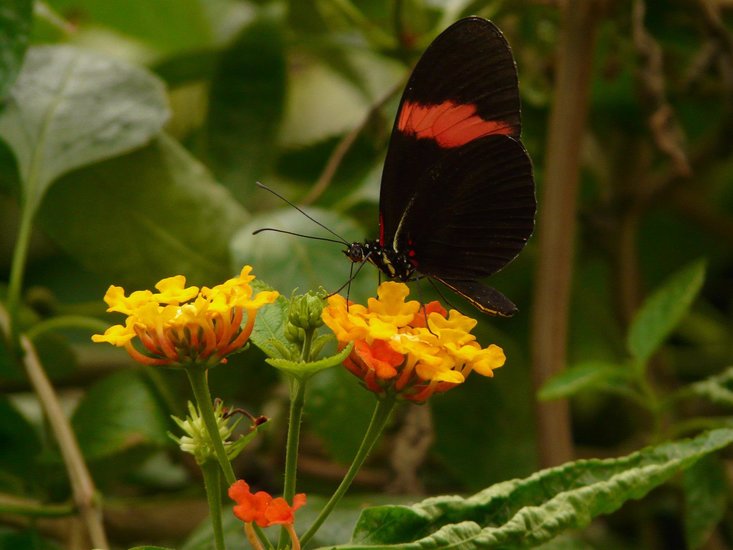





Product description
The flowers of the changeling are yellow and change to orange, pink or red after pollination. The clusters of flowers form a colorful whole. They are popular with butterflies, so the plant is often planted in butterfly gardens and will also attract many butterflies as a tub plant on the patio. However, the flowers are especially successfully pollinated by thrips in the tropics. These small insects are attracted to the yellow flower color because they see it as food. With a color change, the flowers ensure that cross-pollination will occur, because the thrips will seek out yellow flowers again.The species is native to Central America and grows as a pioneer in disturbed areas. For example along forest edges, agricultural areas and pieces of forest where trees have fallen. The plant remains small by nature (1.5 meters) and at the same time likes a lot of sunlight: in a dense forest it will therefore not be able to survive. The leaf has a graceful appearance and a serrated edge. It is poisonous, but has a delicious citrus-like scent. The species can be kept as a tub plant at a minimum temperature of 5grC. So from spring onwards it can be placed outside, whereby you can ensure a sunny position. The overwintering can best be done cool at a temperature of 10-15grC. Provide sufficient water in the summer months and enjoy the long flowering period.
The species is invasive in tropical areas, so you can only safely grow it in colder areas.
Sowing Description: Soak seeds in water for 24 hours, then sow shallowly in seedling soil. Keep soil constantly slightly moist and put away in a light position without direct sunlight. Germination after 2-8 weeks at a temperature of 22-25grC.
Product specification
Family:
Verbenaceae
Scientific name:
Lantana camara
Common name:
Common Lantana
Native to:
Central America
Sowing time:
All year round
Difficulty level:
Easy
Minimum temperature:
5 degrees Celsius
Do you have a question about this product?
Ask us your question
Product specification
Family:
Verbenaceae
Scientific name:
Lantana camara
Common name:
Common Lantana
Native to:
Central America
Sowing time:
All year round
Difficulty level:
Easy
Minimum temperature:
5 degrees Celsius
Add review
Write a review about this product.
Reviews
No reviews yet



